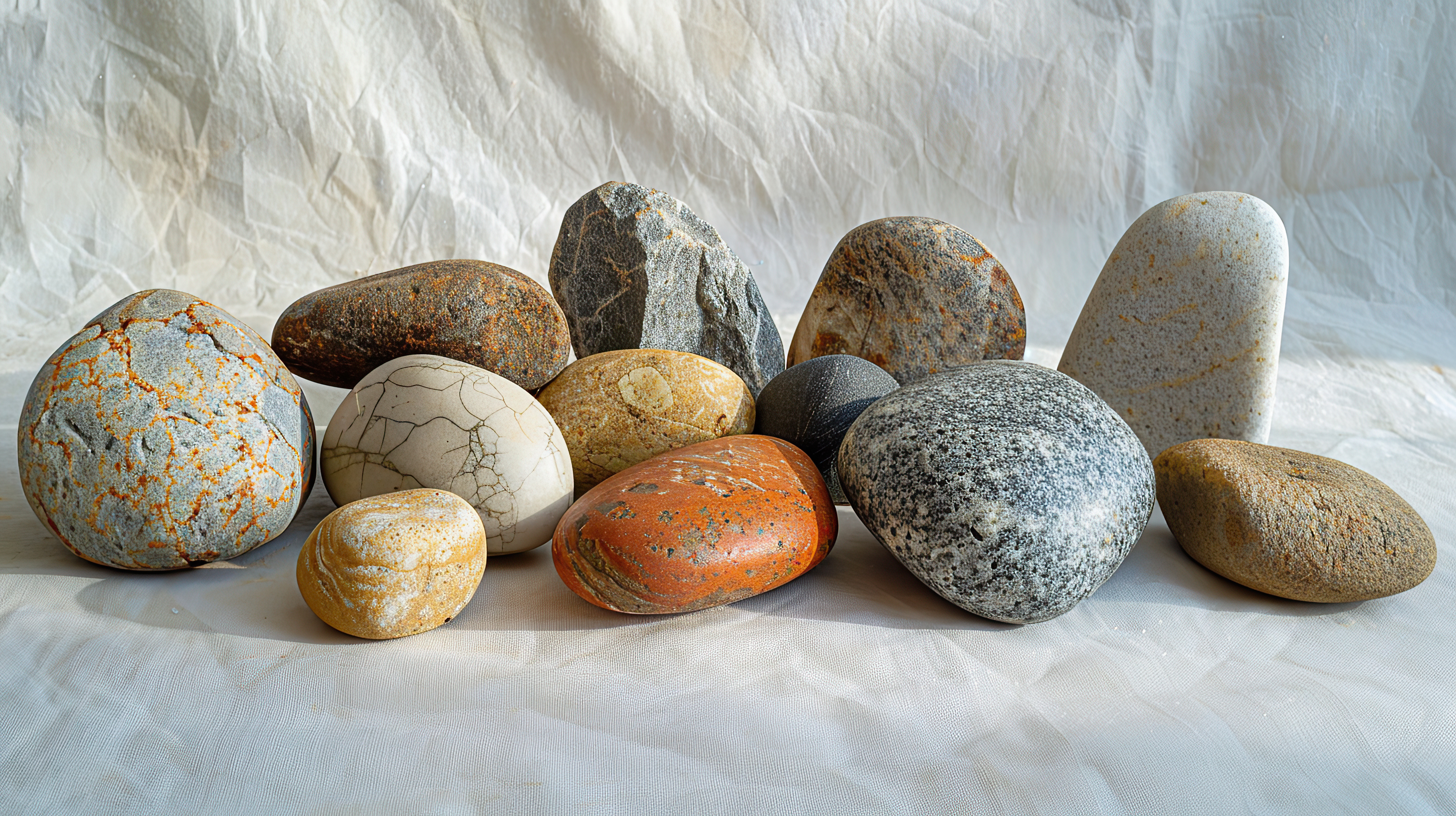
The Aesthetic Role of Marble and Travertine in Architecture
In architectural history, marble and travertine have been among the most preferred natural stones. It is possible to see the influence of these stones in ancient Roman structures, Ottoman palaces and today's modern architecture. The reason for this is that in addition to providing an aesthetically elegant appearance, they can be used for many years thanks to their durability. While the shiny surface of marble adds a luxurious atmosphere to spaces, the porous structure of travertine creates a warm and natural atmosphere. One of the biggest advantages of marble is its color and pattern variety. The purity of white marble, the strong expression of black, or the modern stance of gray tones offer alternatives suitable for every design. Travertine, on the other hand, stands out especially in outdoor spaces, gardens and designs reminiscent of historical texture with its rustic and natural appearance. While marble floors and countertops are preferred in interiors, travertine is mostly used in facade cladding and wet floors. Beyond its aesthetic aspect, the usage area of these two stones is quite wide. Marble can be used around fireplaces with its heat-resistant structure. Travertine provides a safe surface around pools with its non-slip feature. Today, these stones find their place in many styles from minimalist lines to classical designs in modern architecture. In conclusion, marble and travertine are not just building materials, but also aesthetic elements that complete architecture. These unique materials offered by nature reflect the soul of structures with both their durability and visual appeal. For anyone seeking timeless elegance, marble and travertine are among the right choices.

